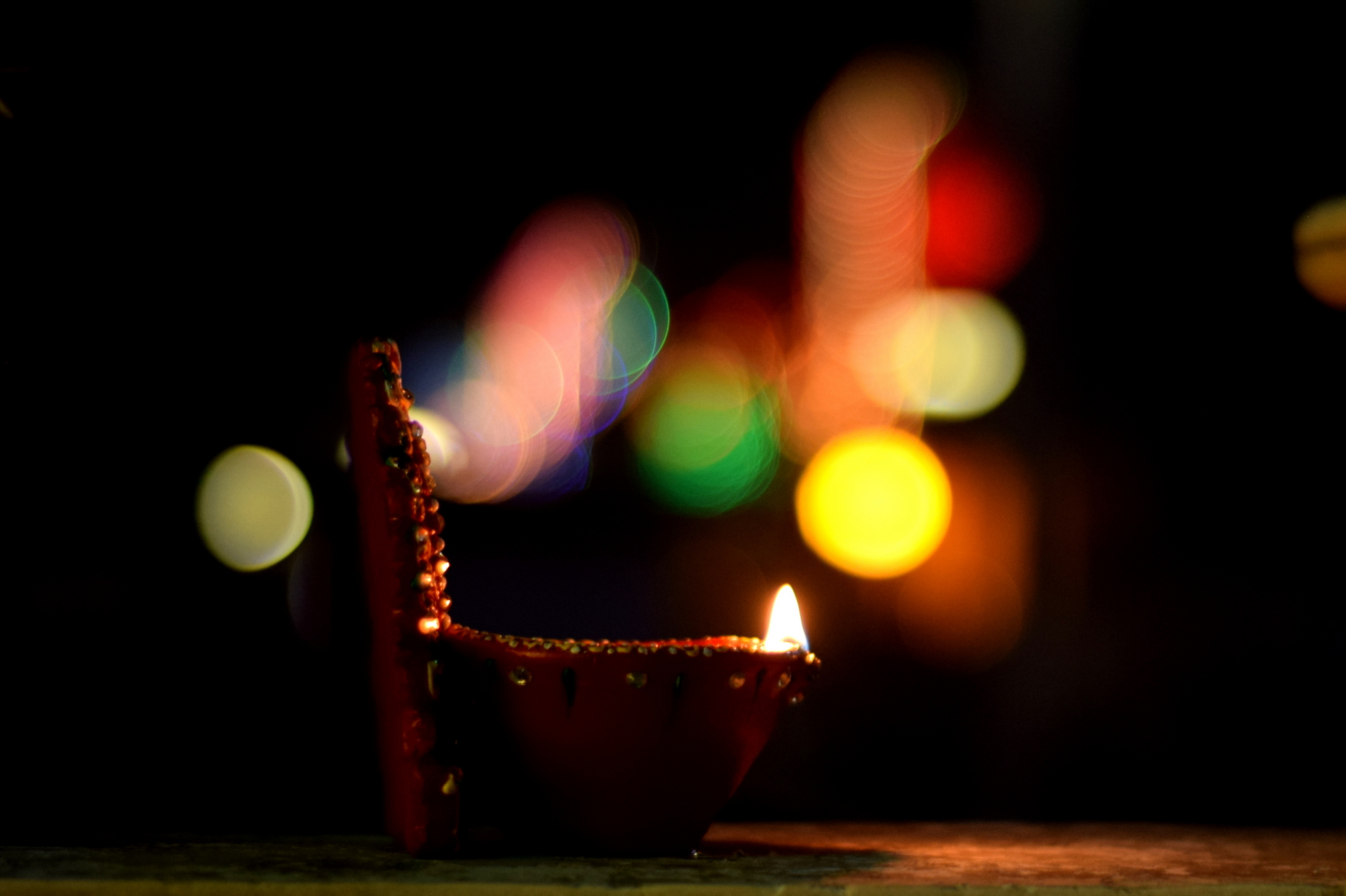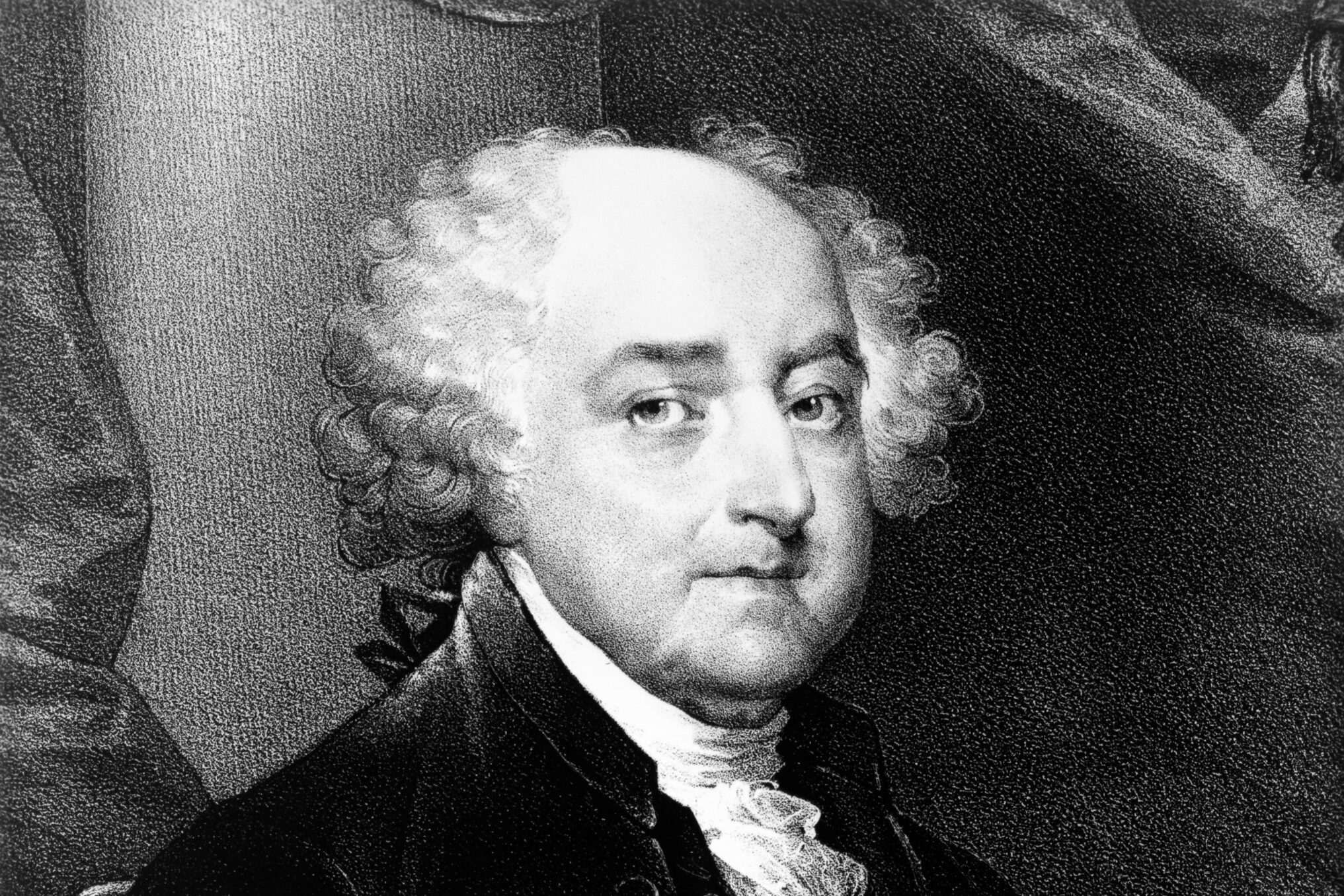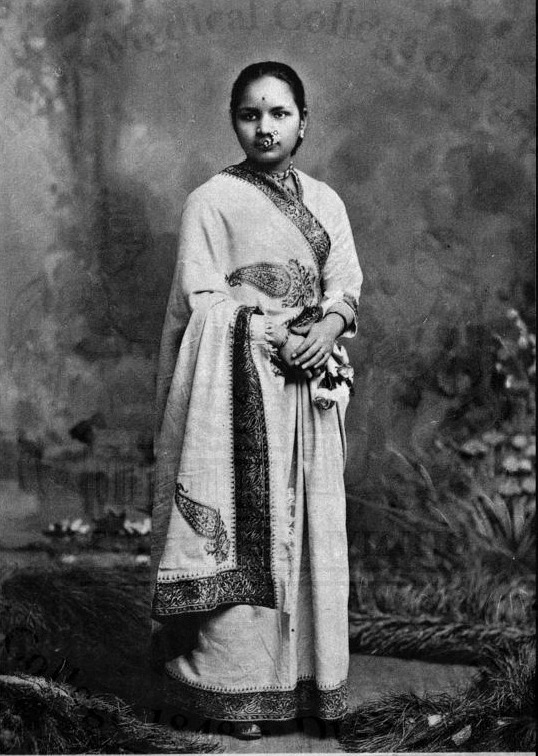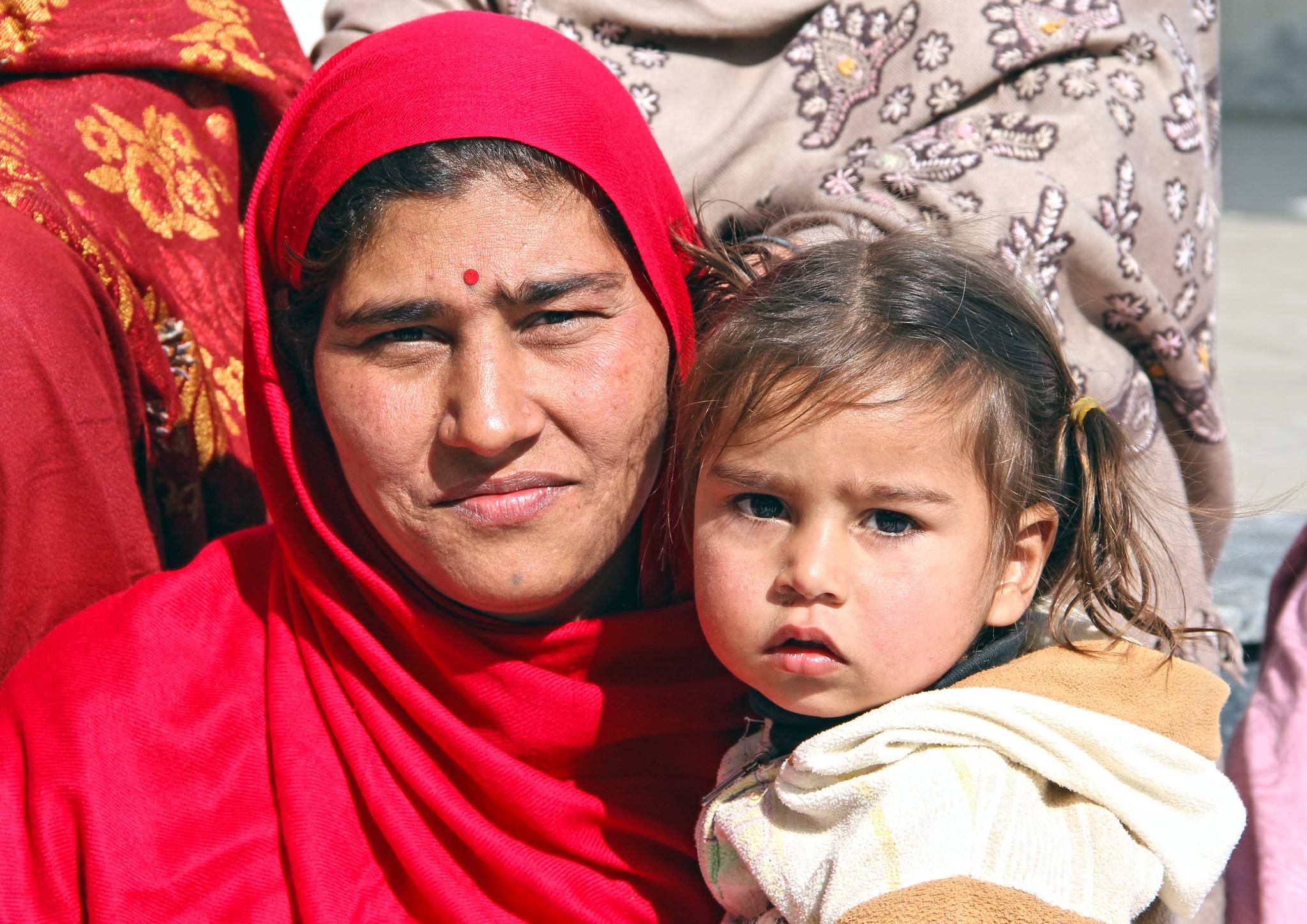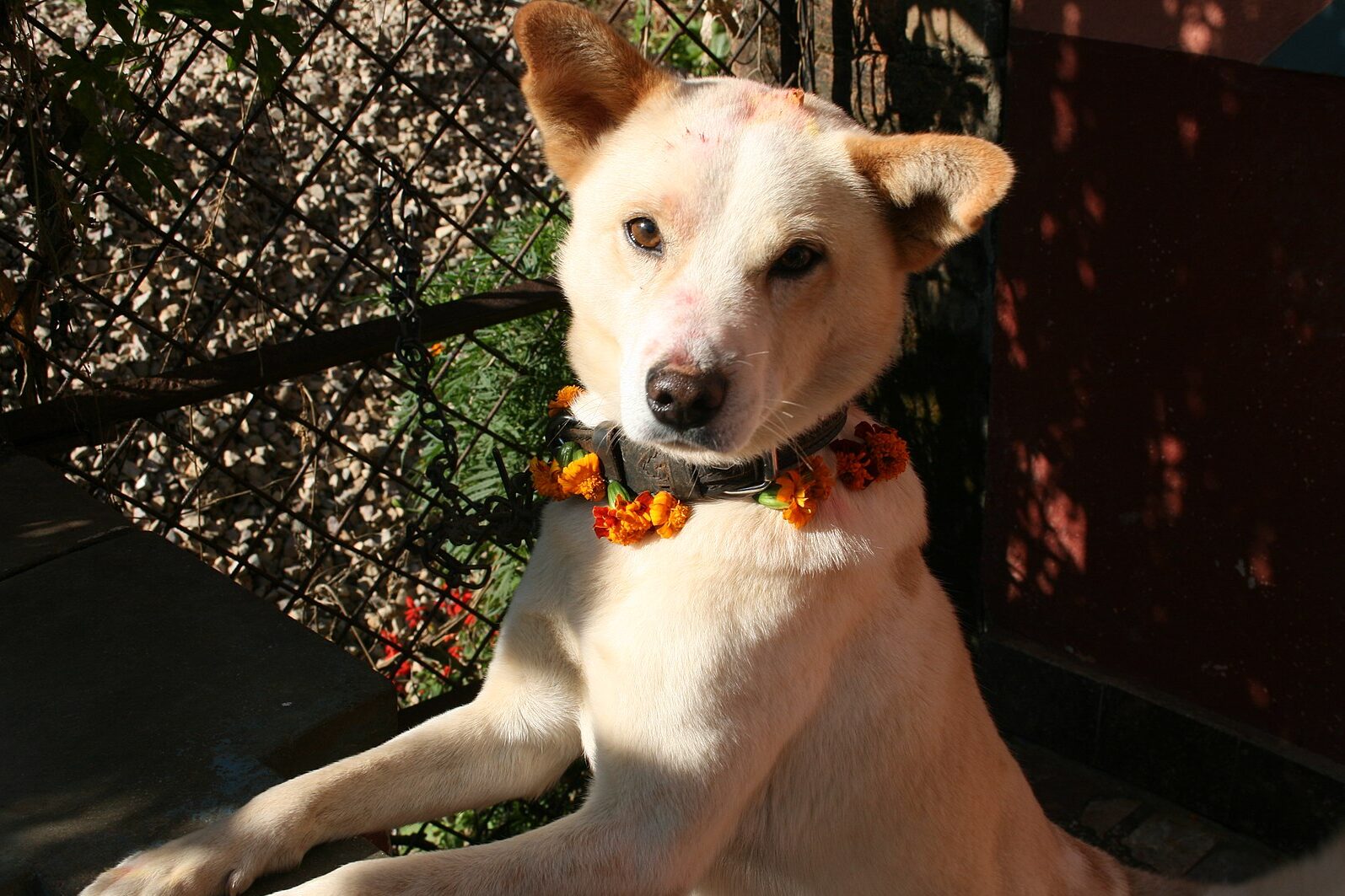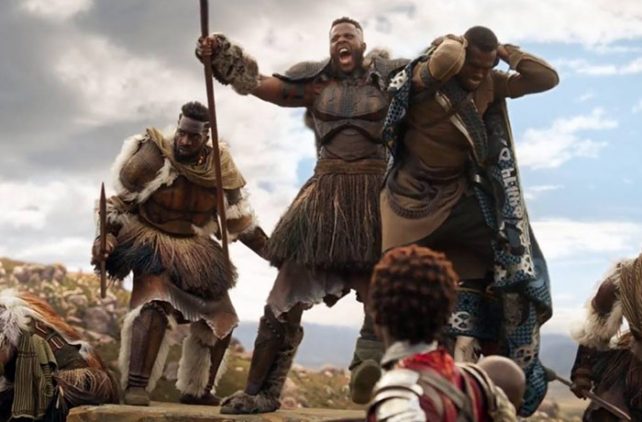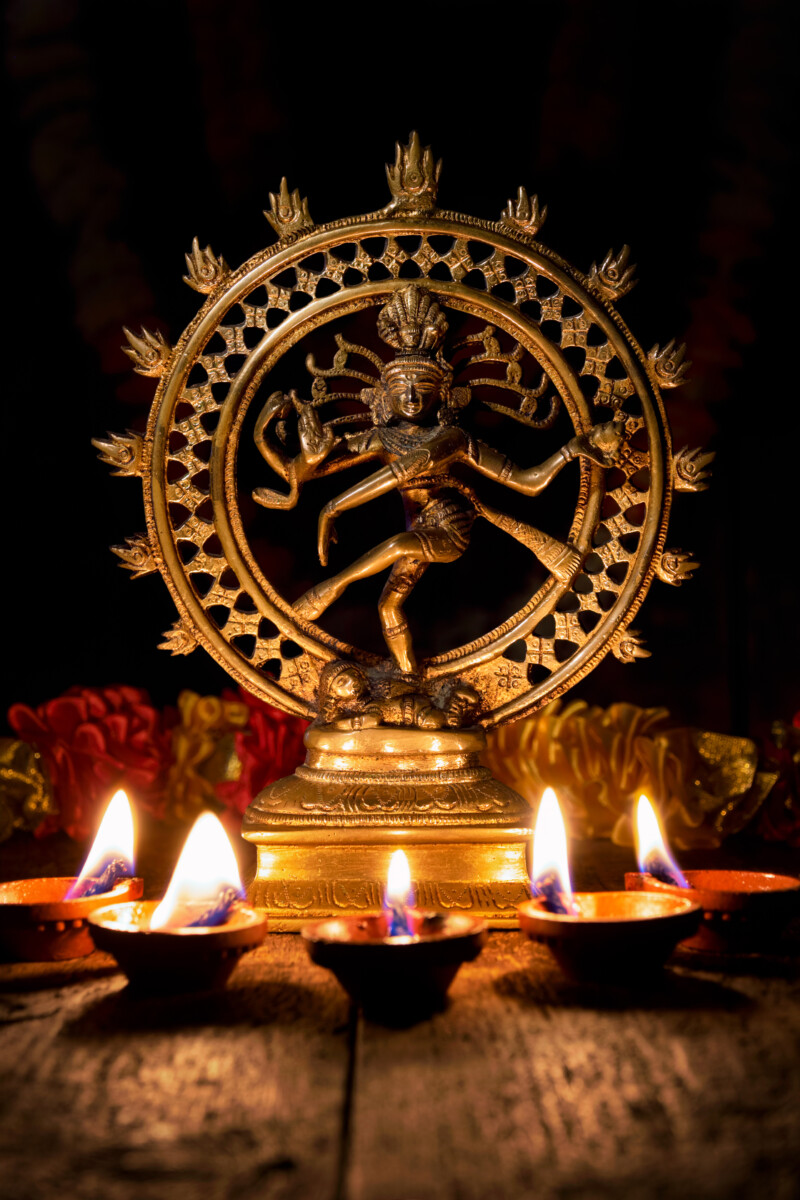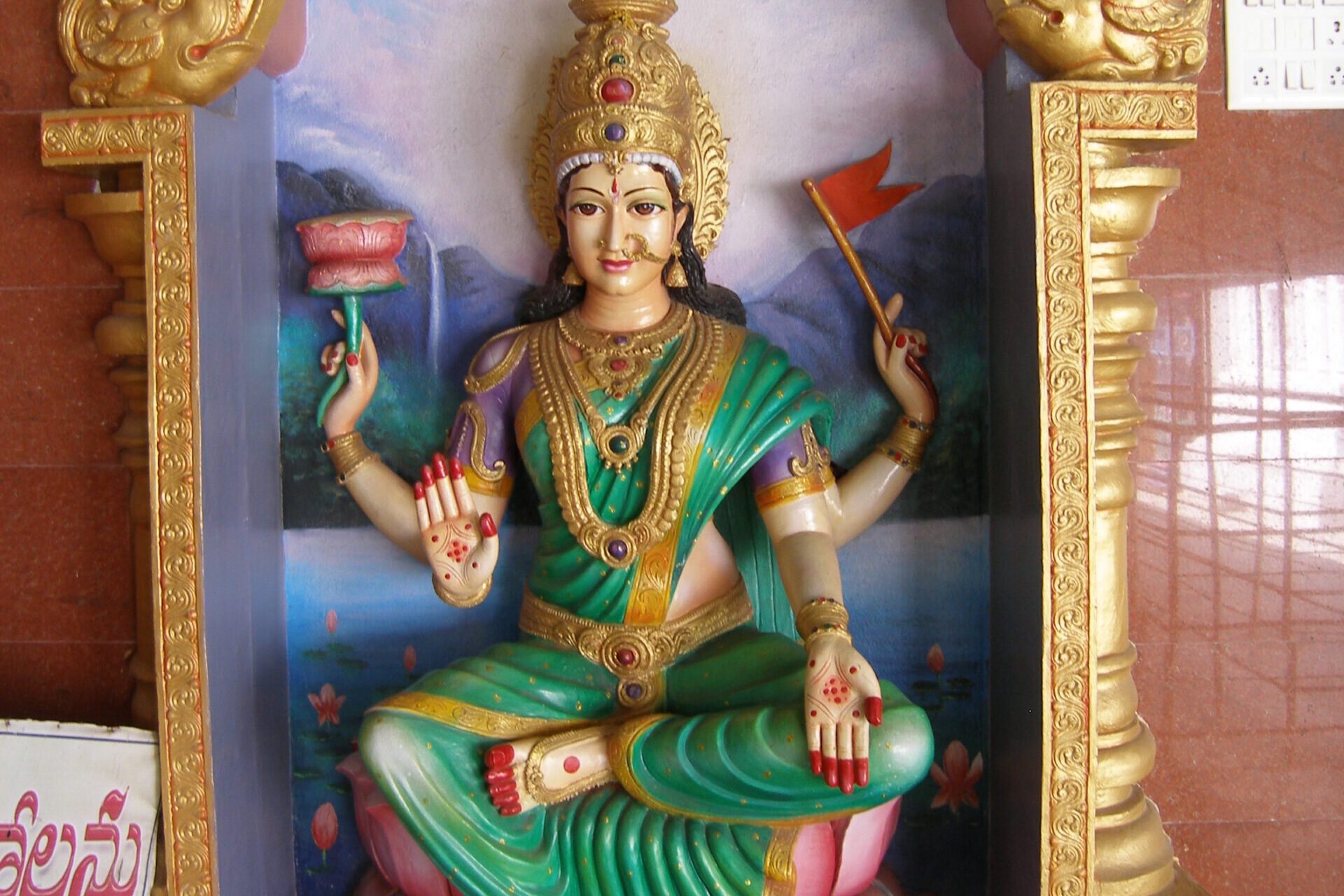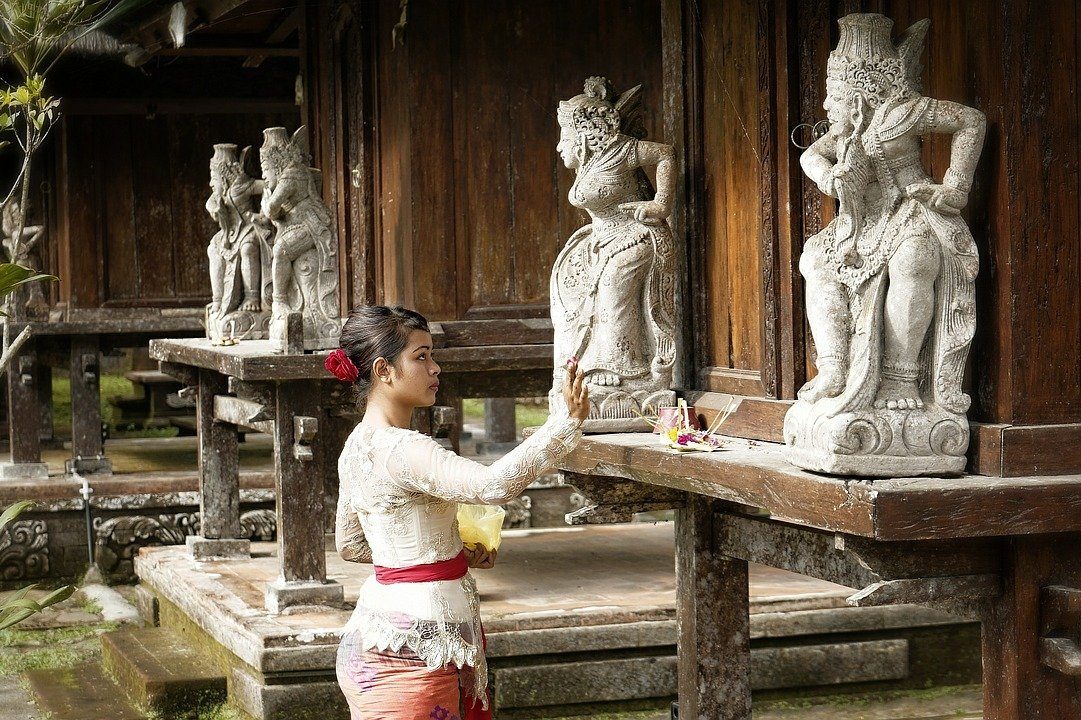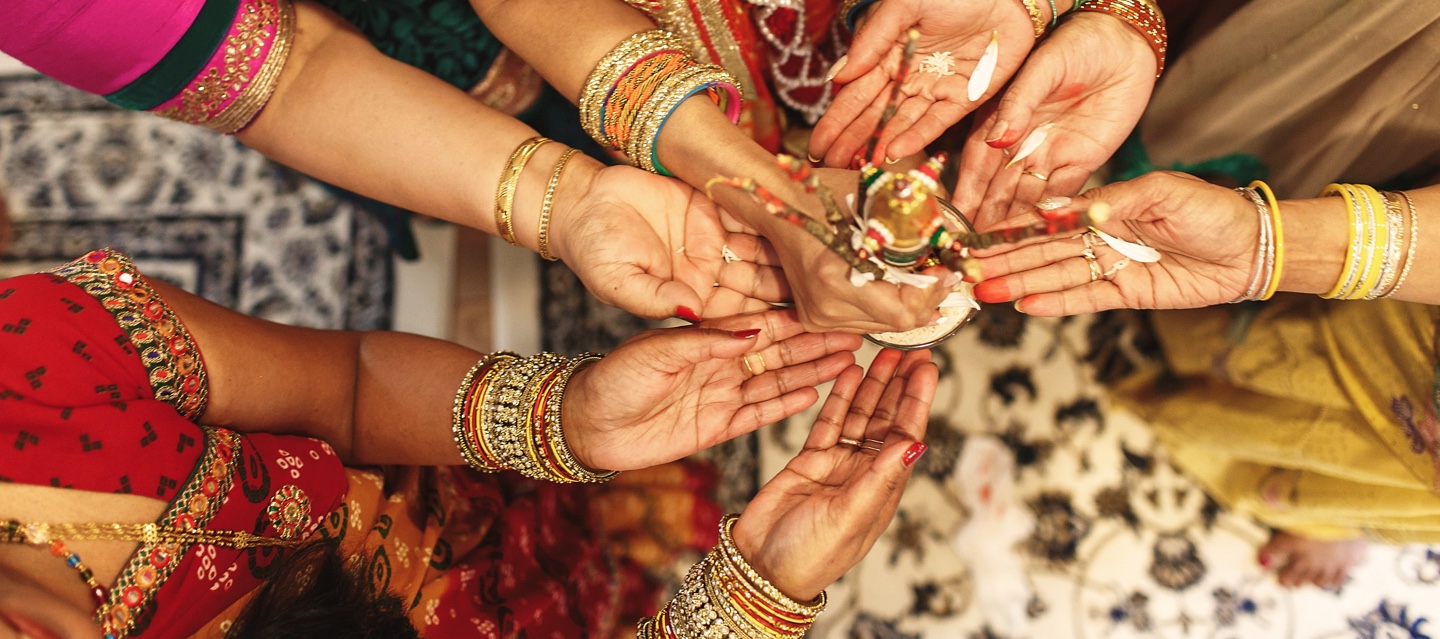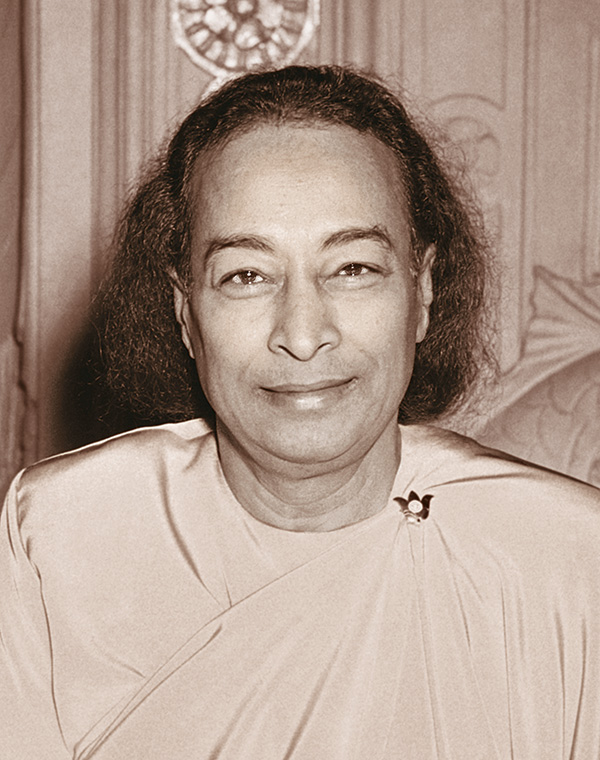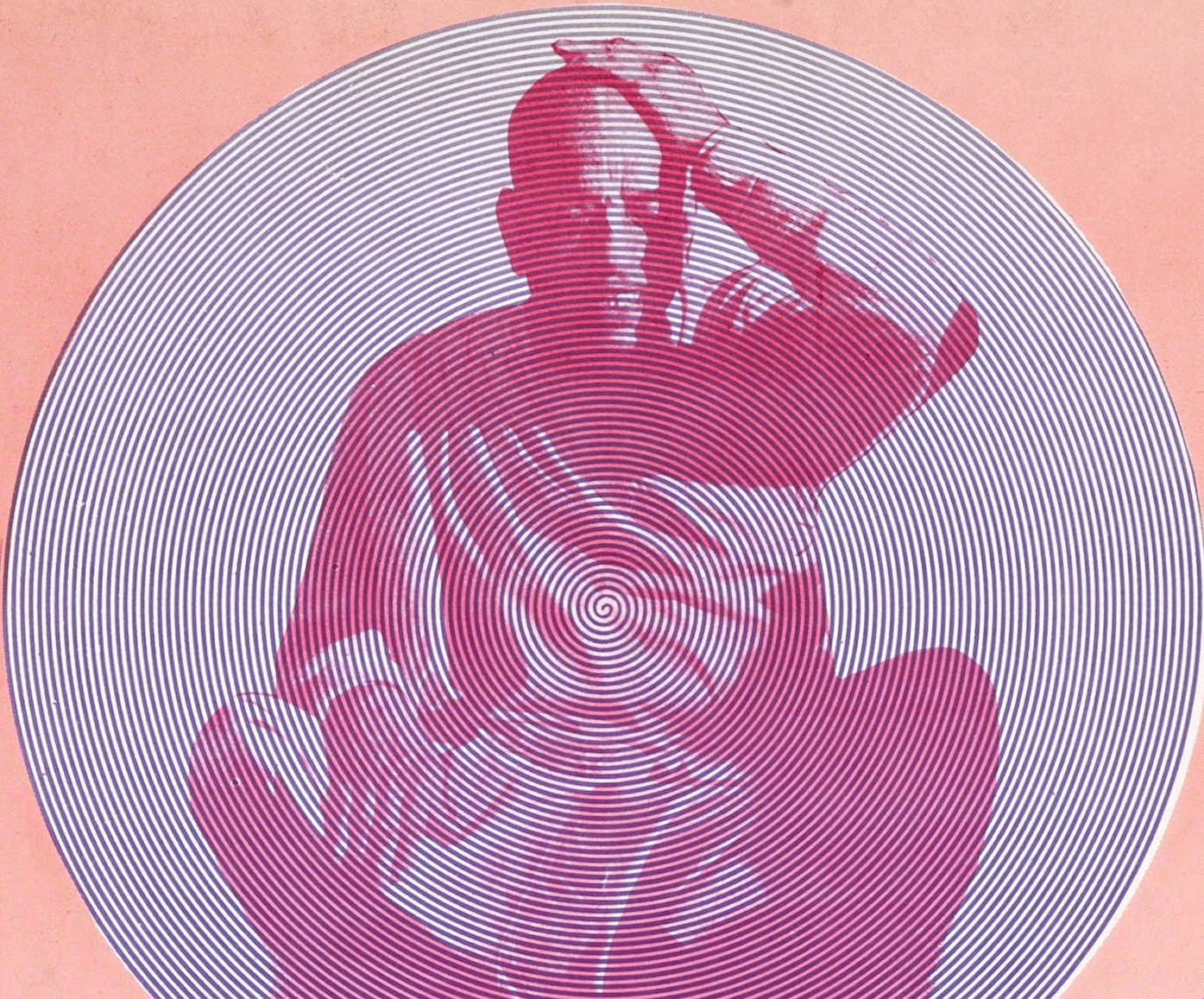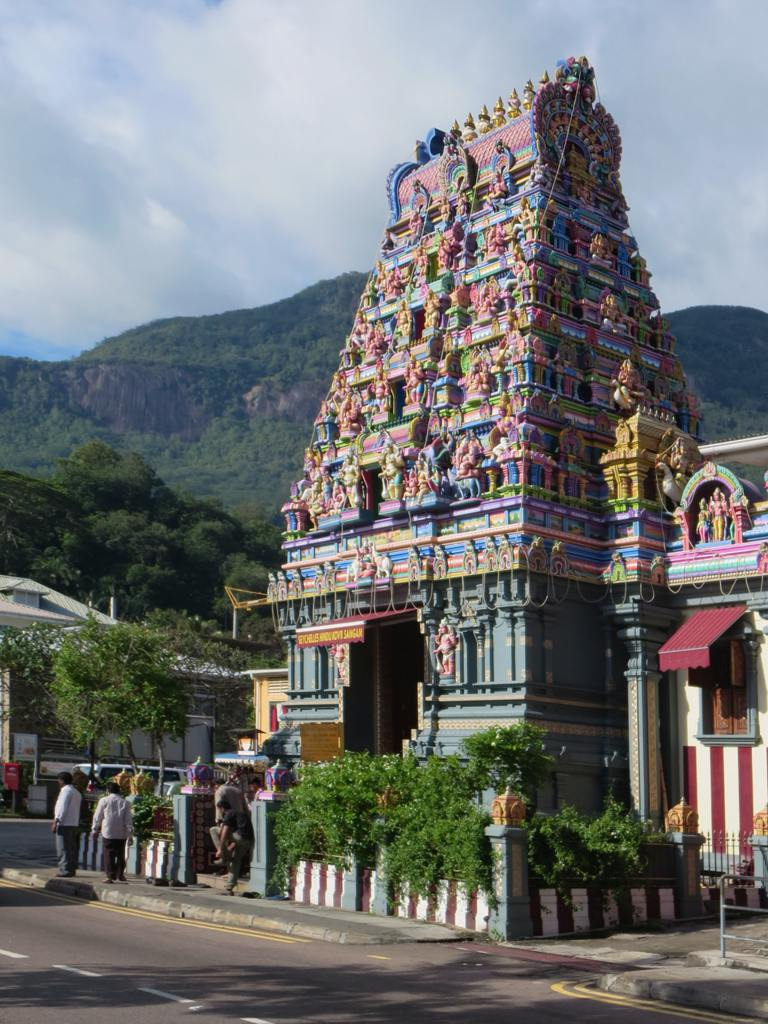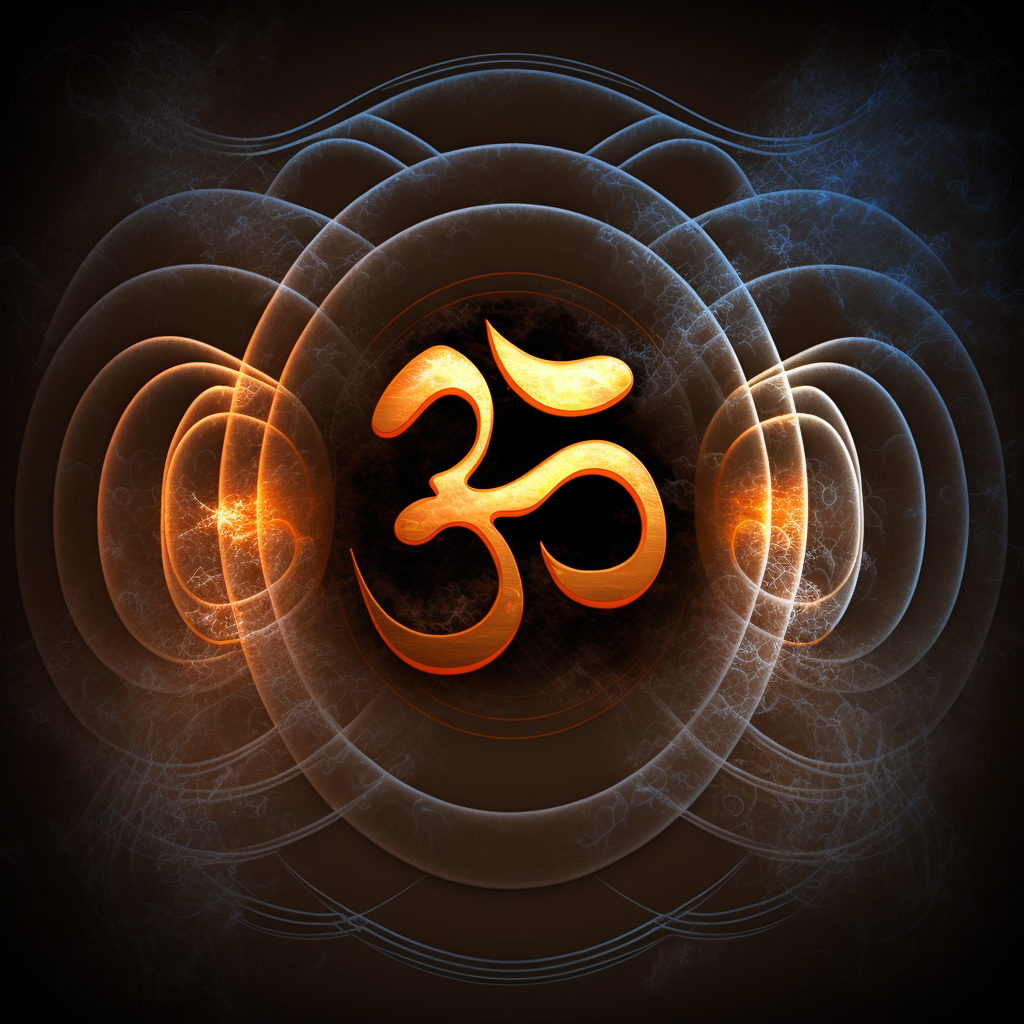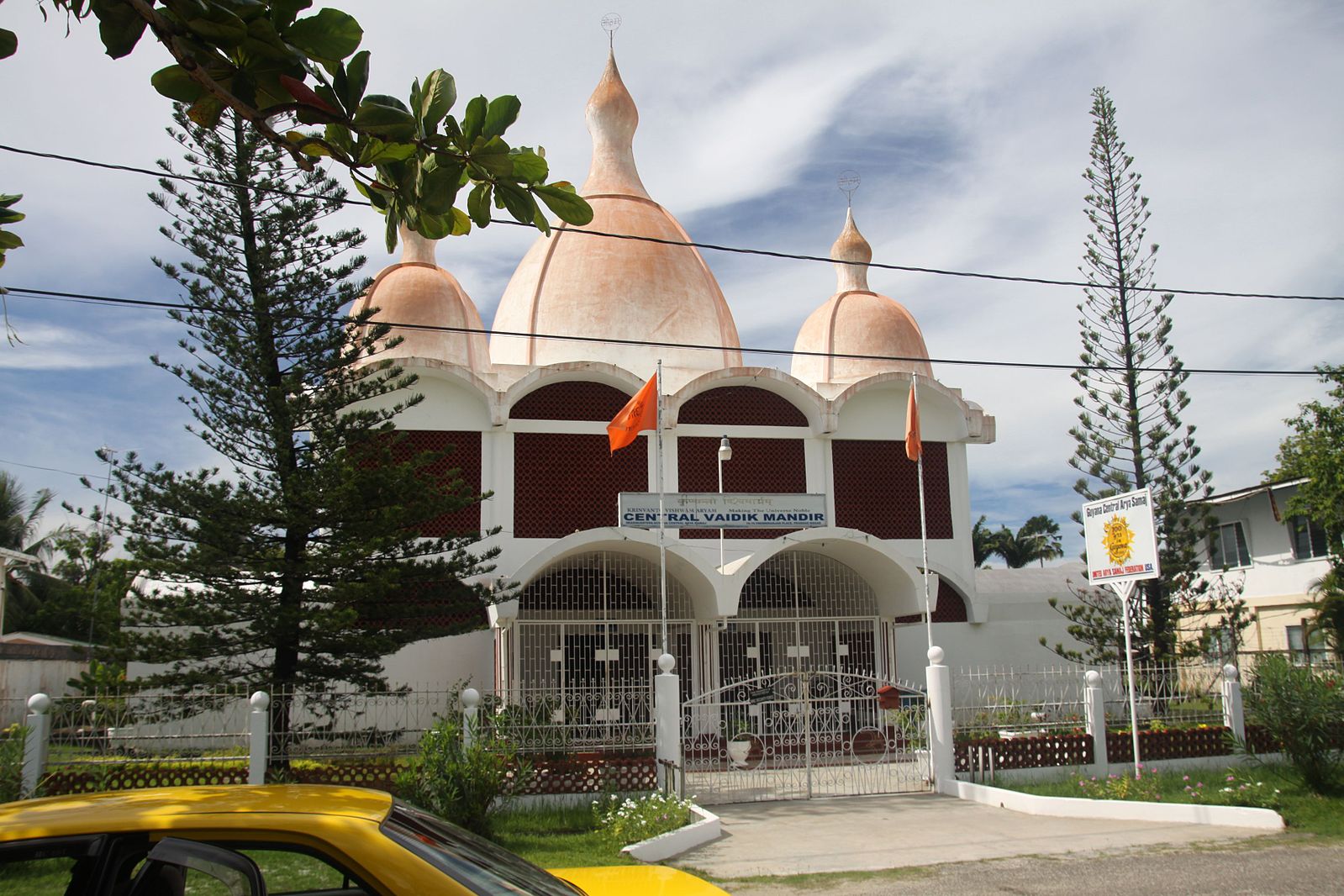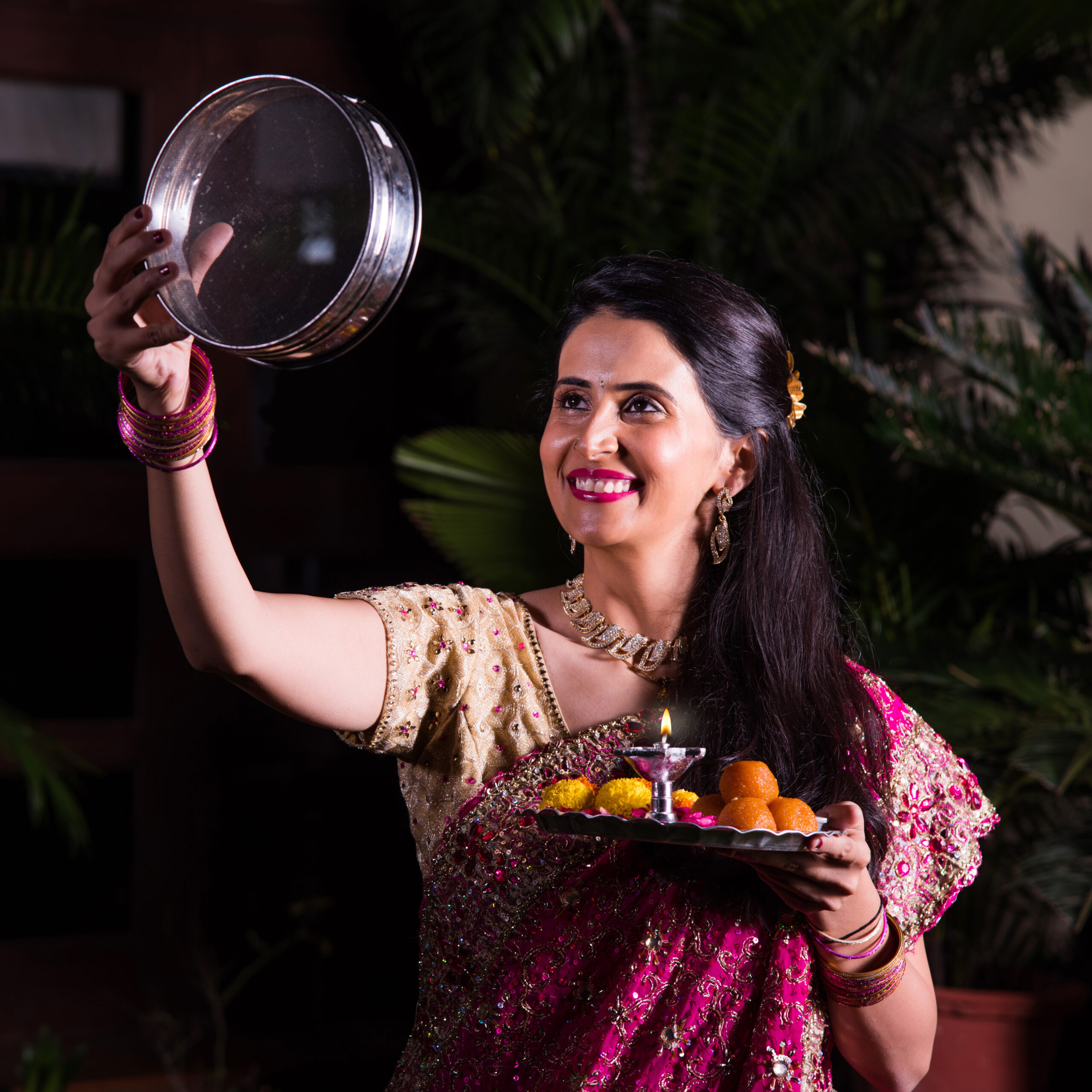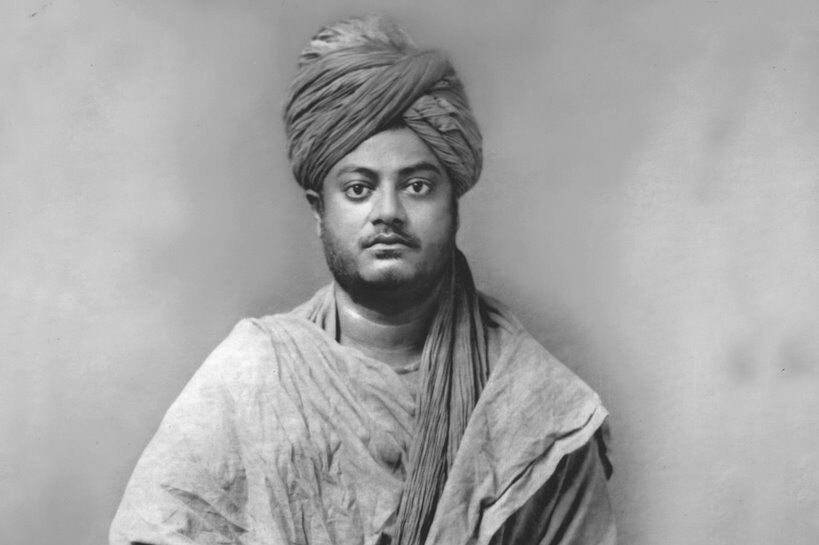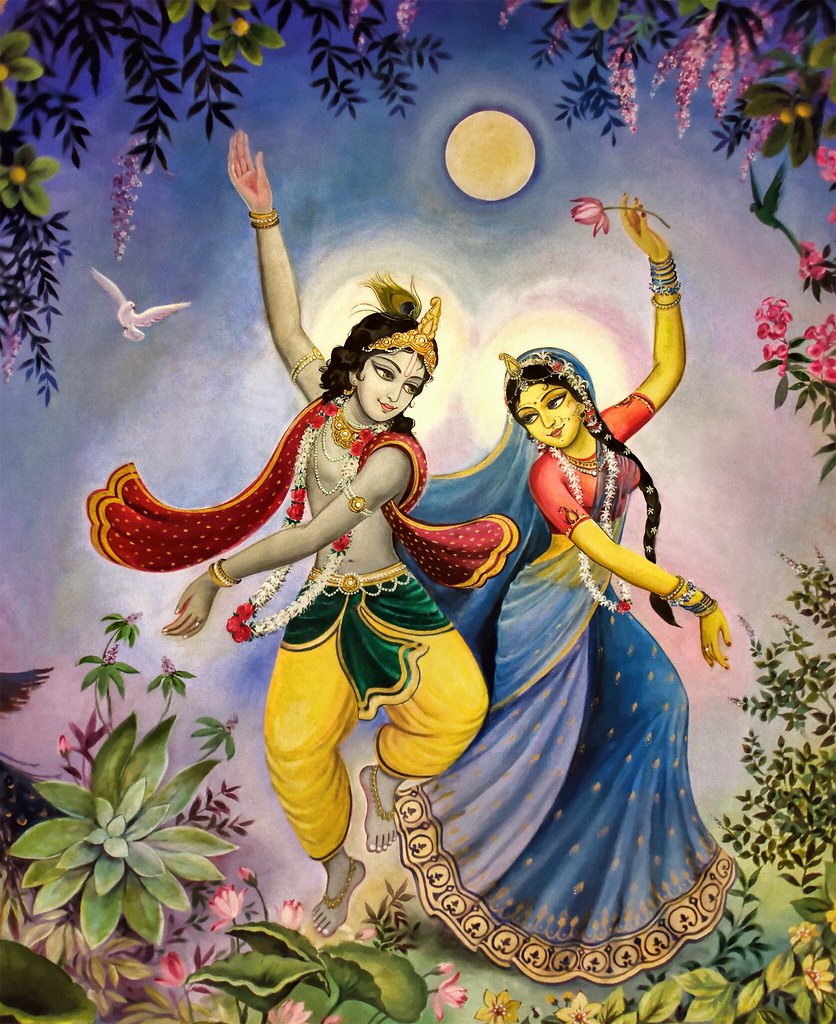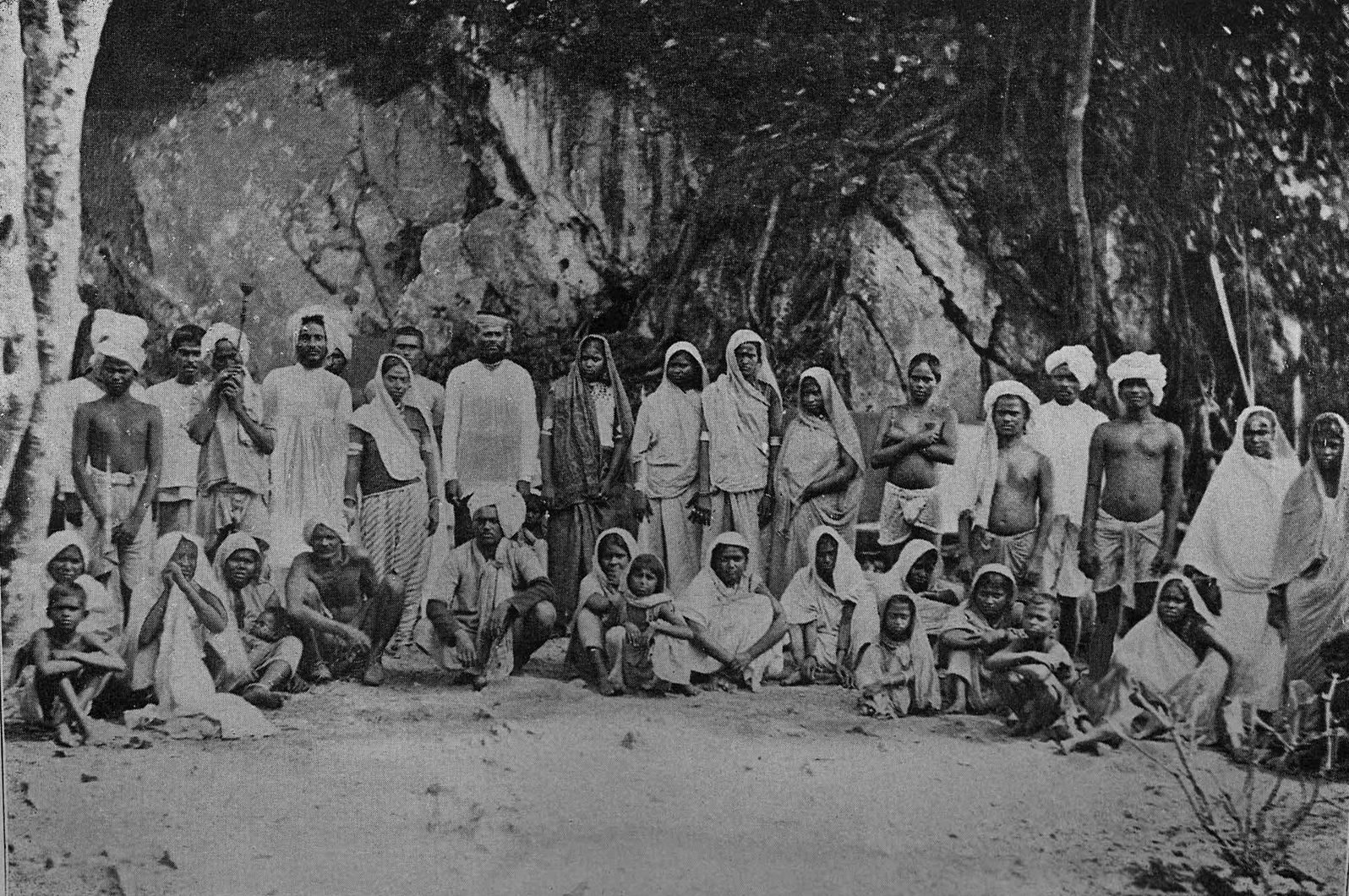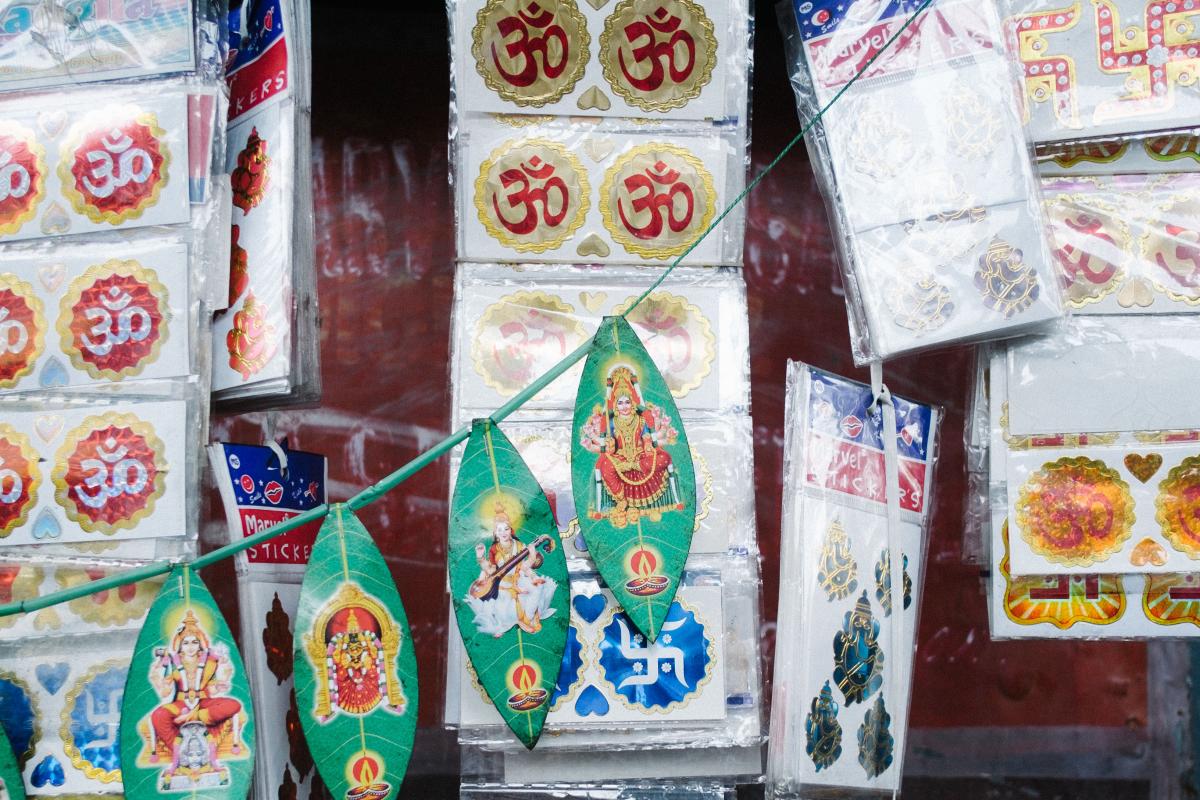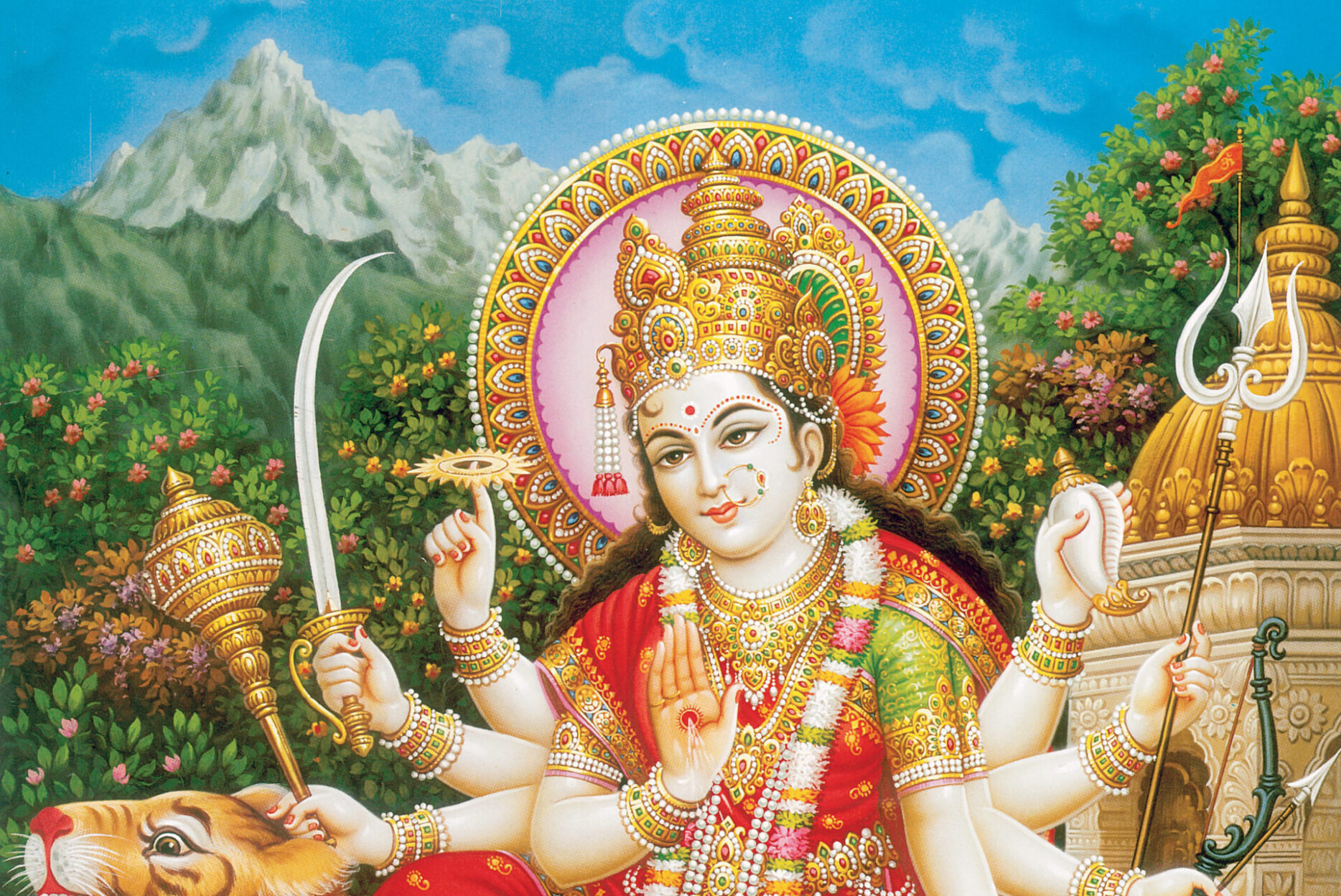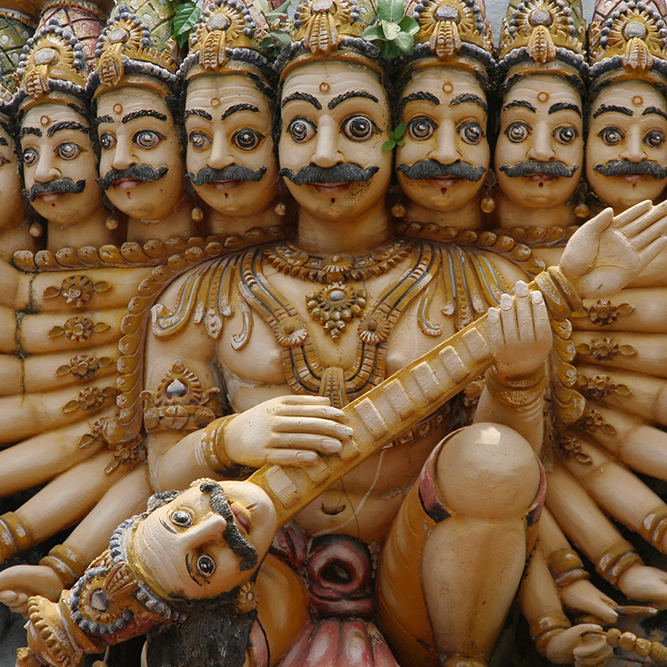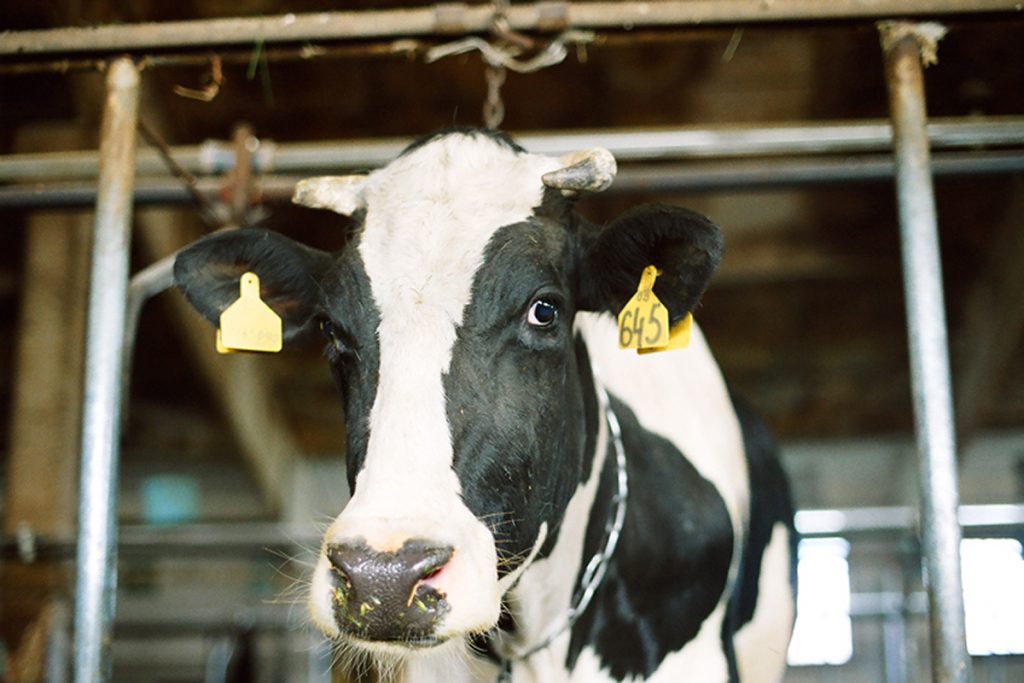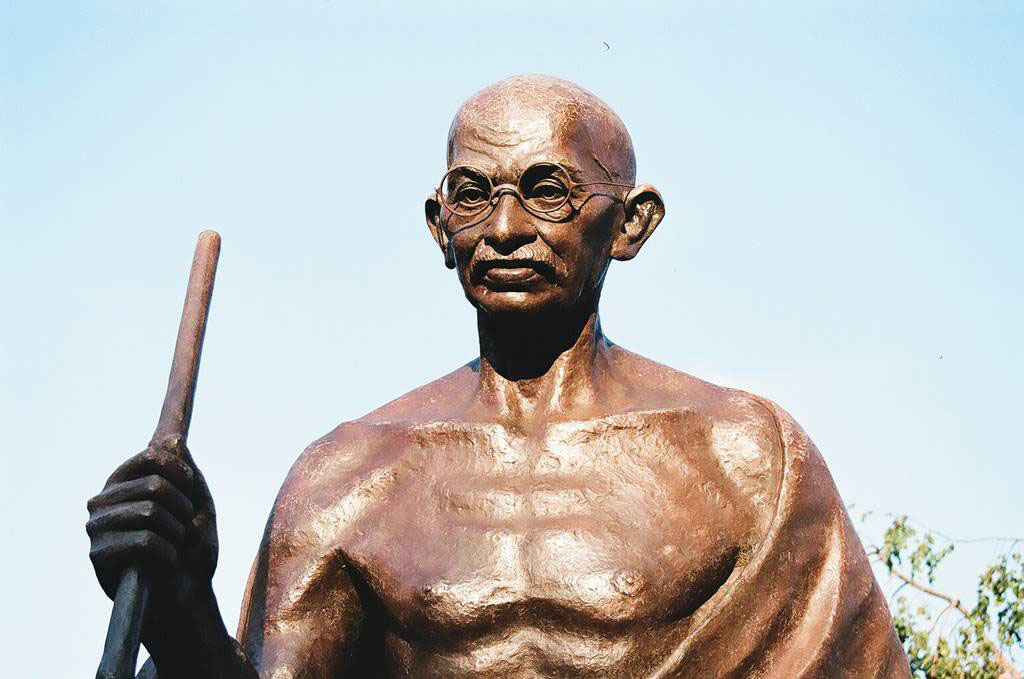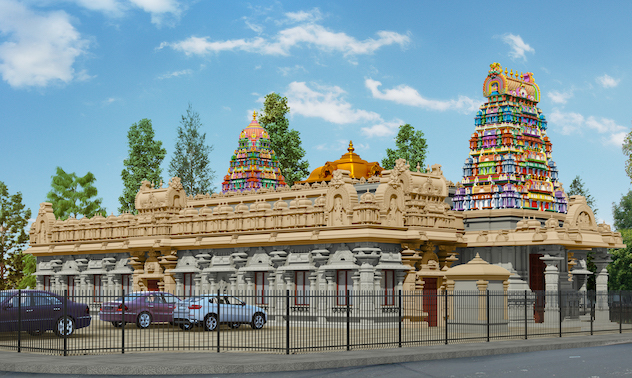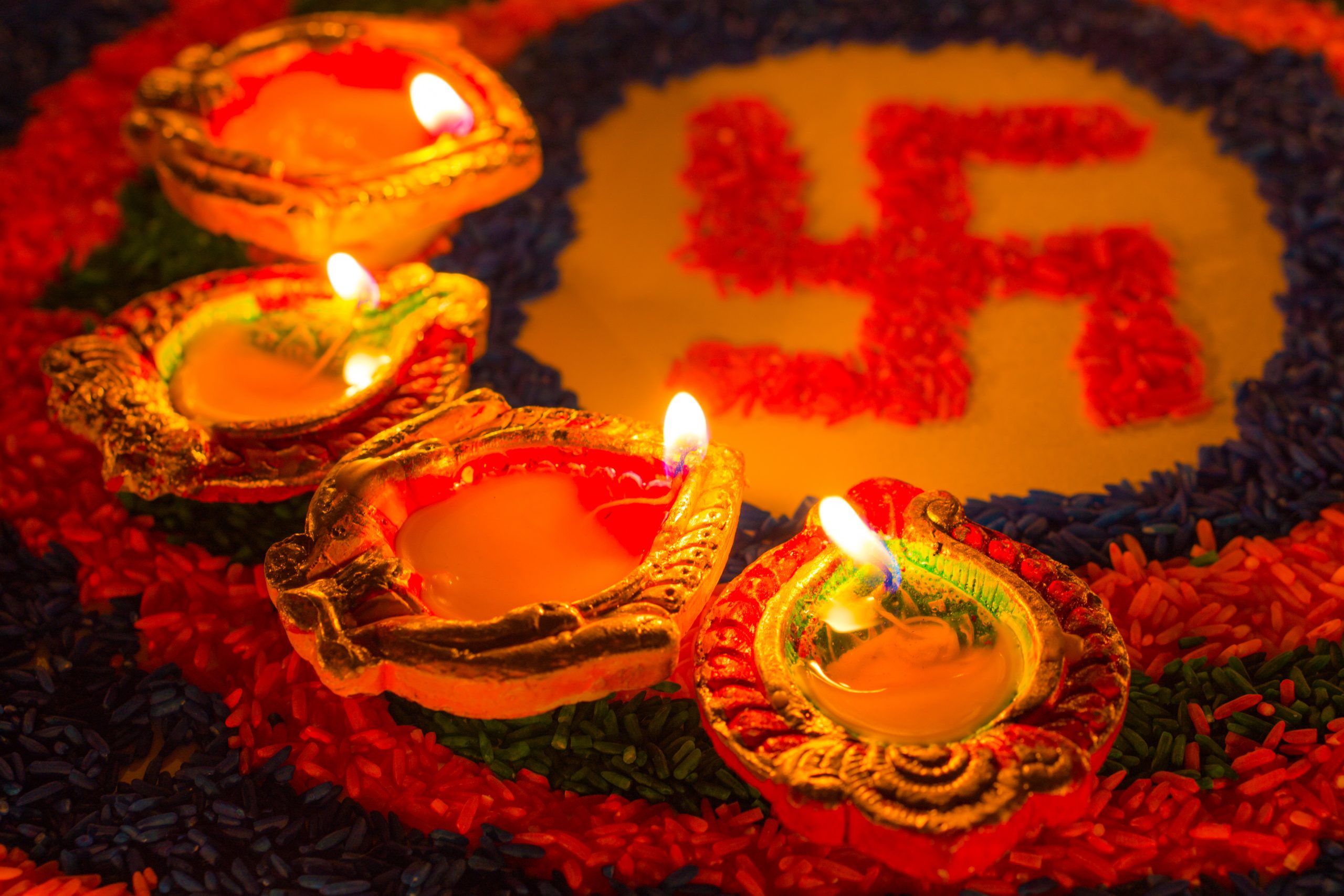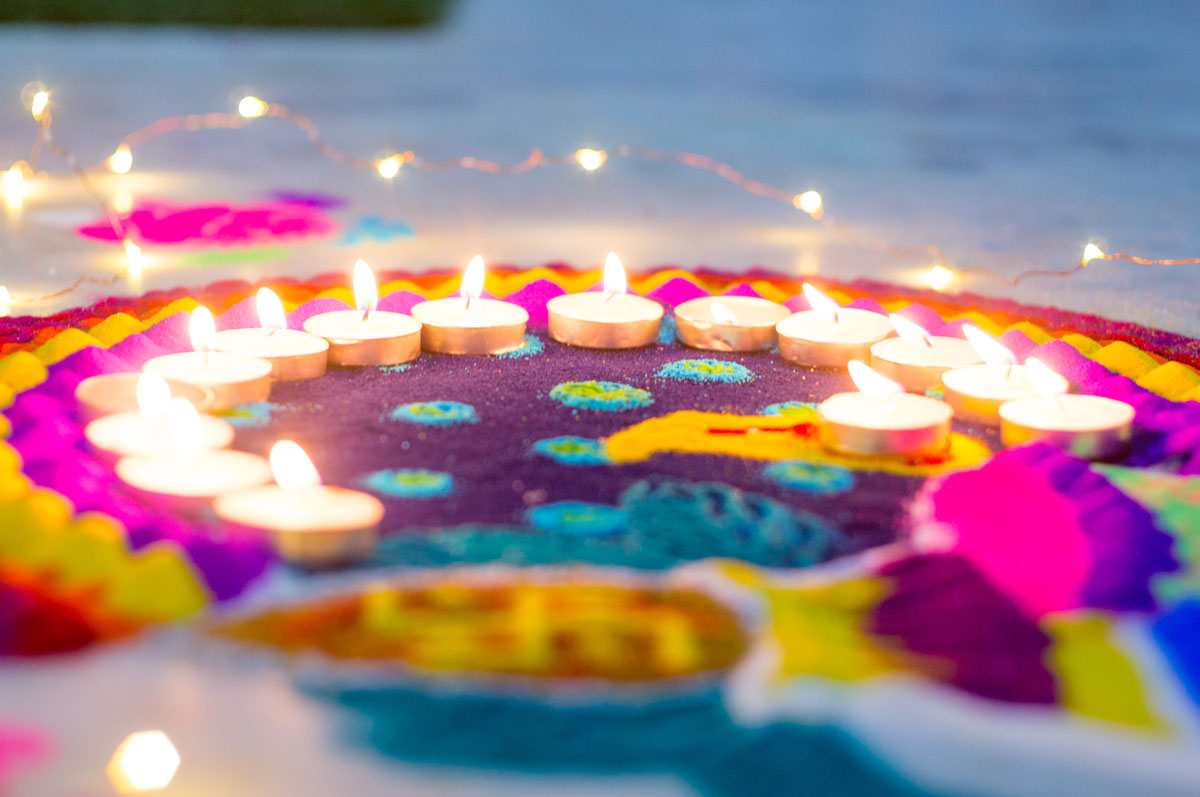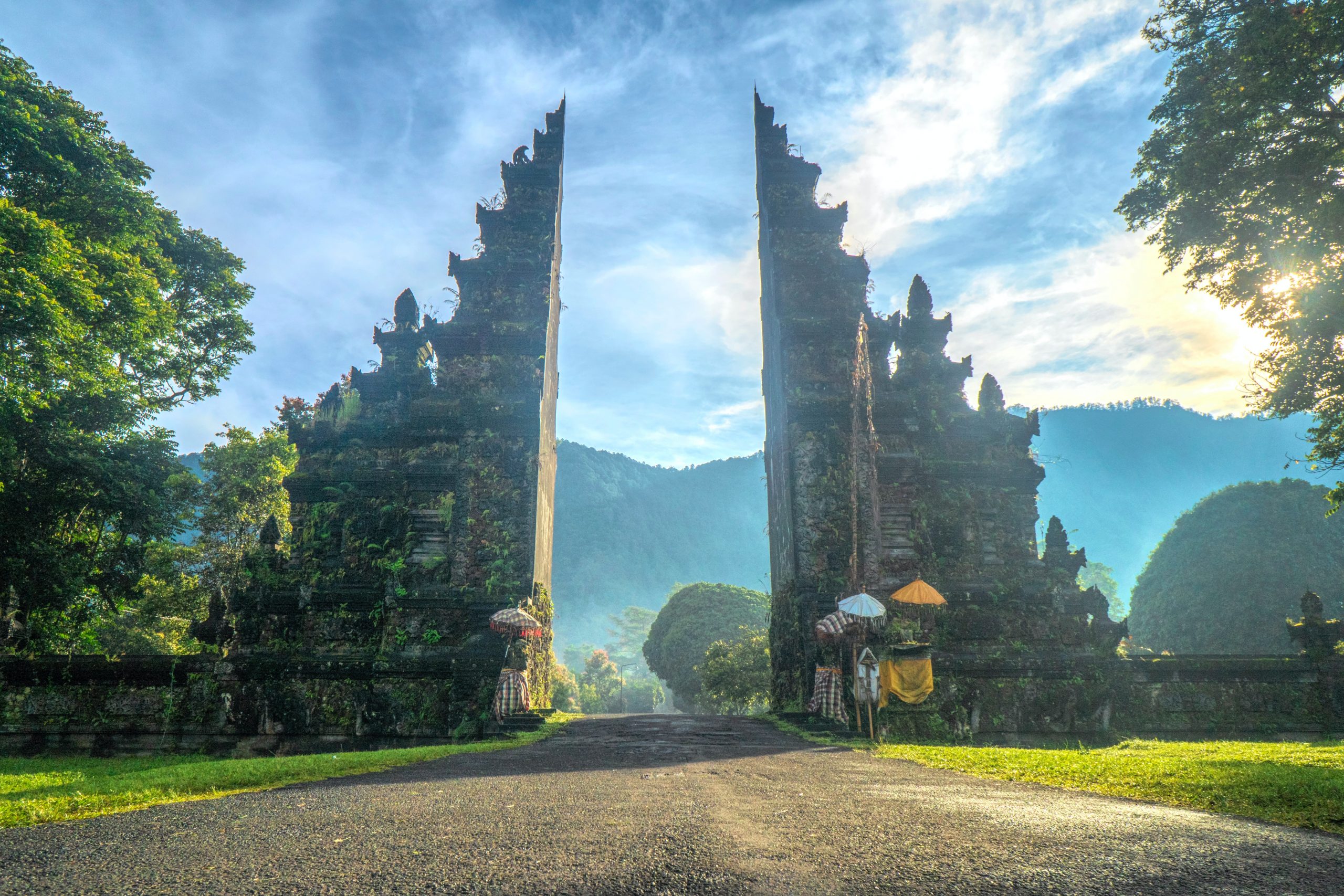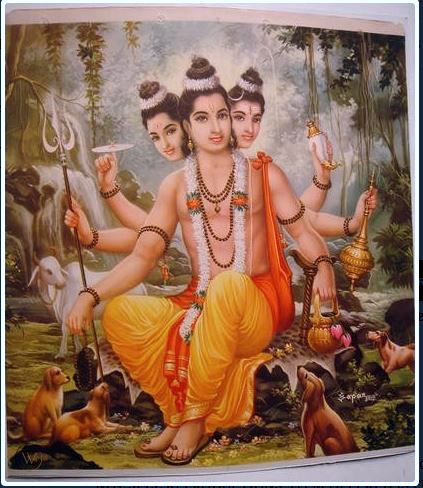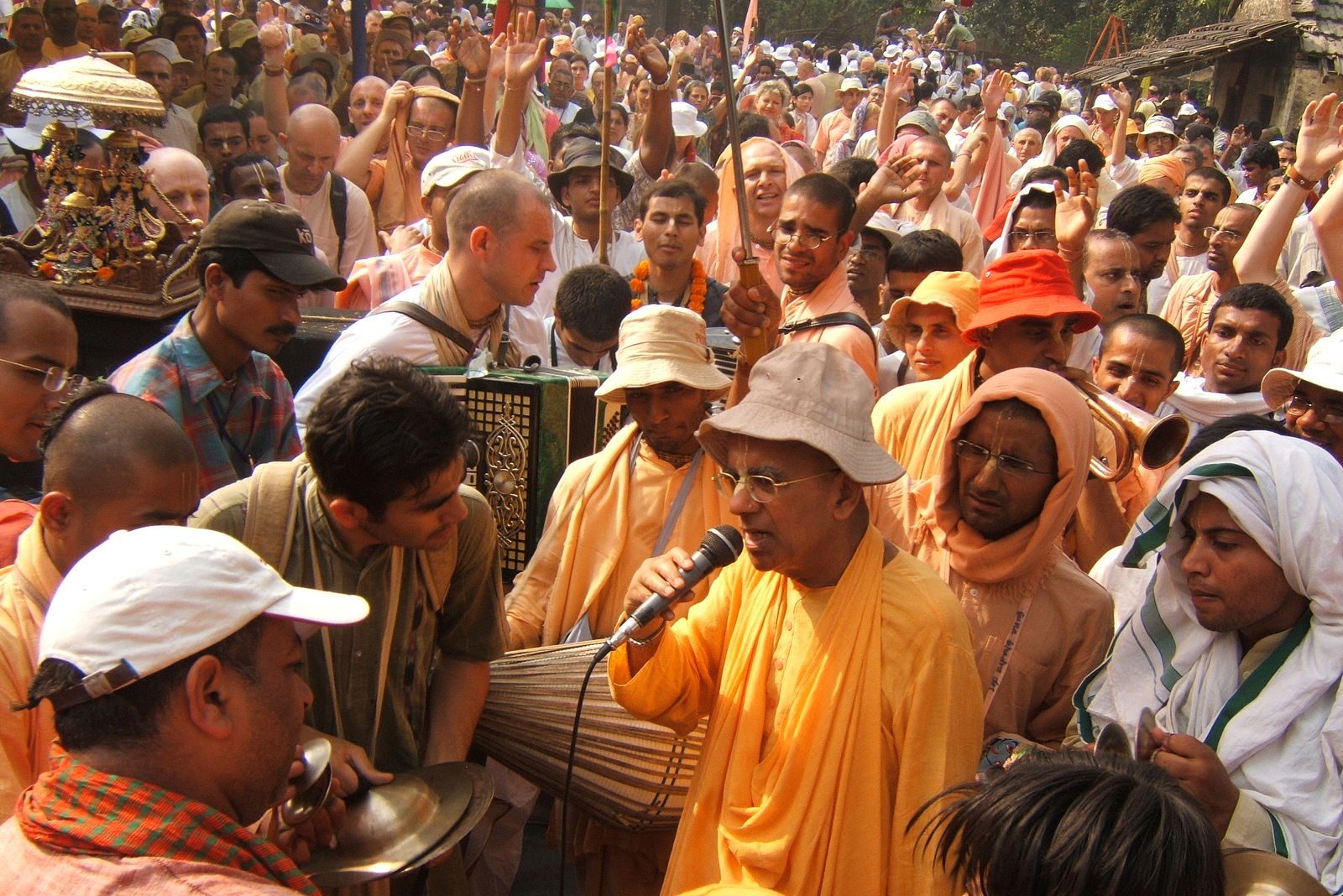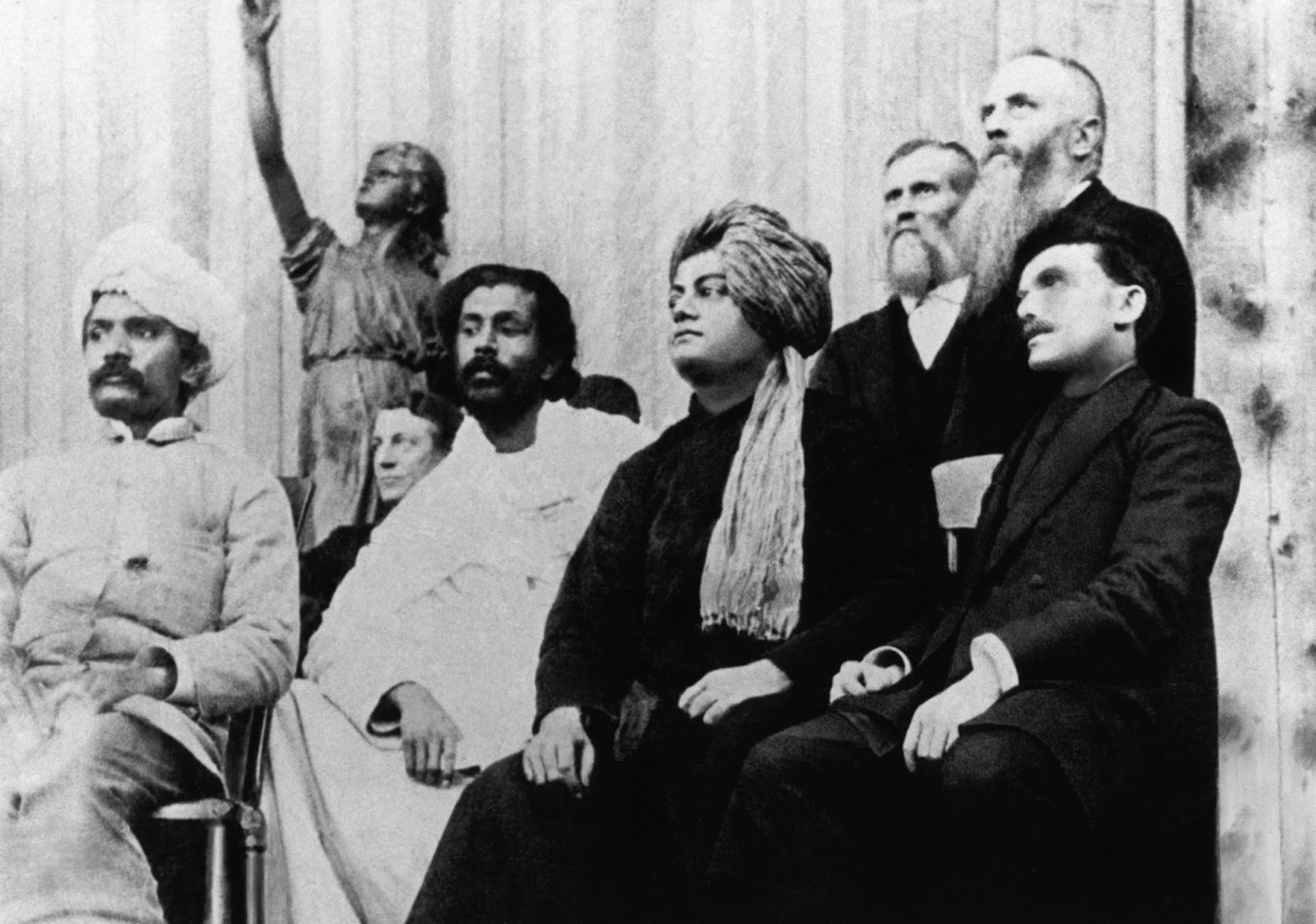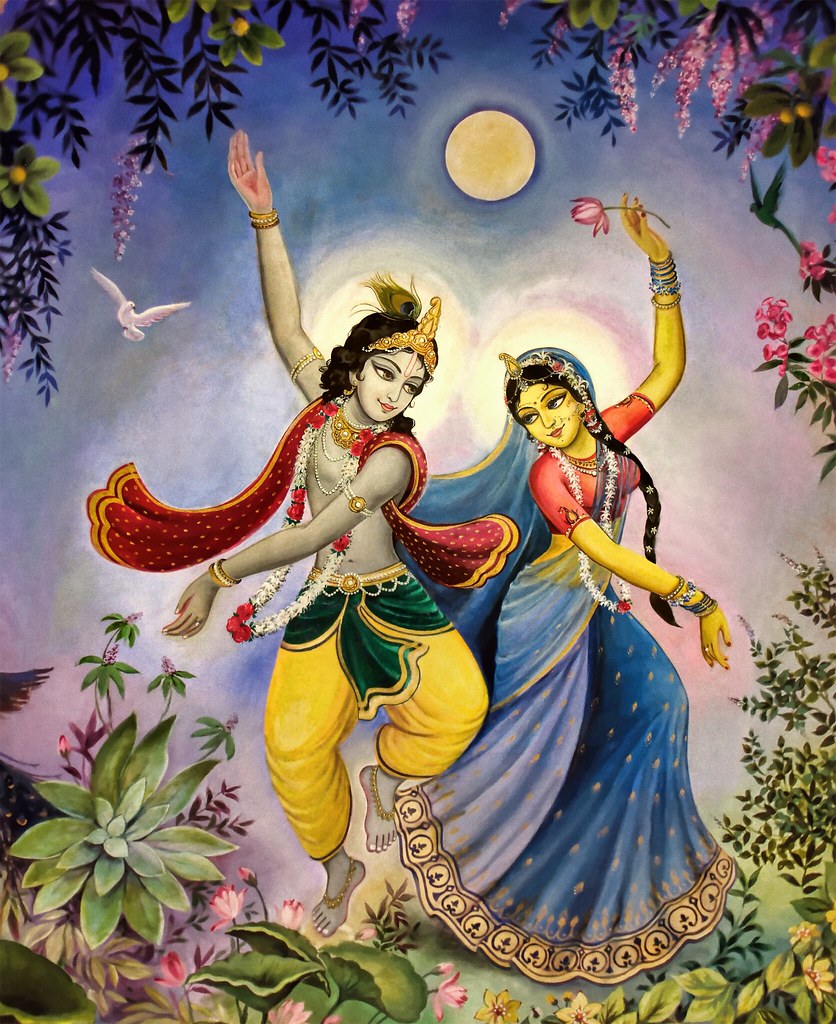The sacred season of Dīpāvali (Diwali) is observed in various ways across different regions and traditions, and the number of days observed differ. There are six days to choose from, and so we start our story with the first of those, Govatsa Dvādaśī. It is observed mainly by people with connection to or deep appreciation of agriculture, have heritages in the regions within the modern Indian states of Uttar Pradesh, Madhya Pradesh, Maharashtra, Gujarat, and Bihar, or are part of some Vaiṣṇava and Smārta Dharma traditions.
Diwali Day 1: Govatsa Dvādaśī & Vasu Bāras
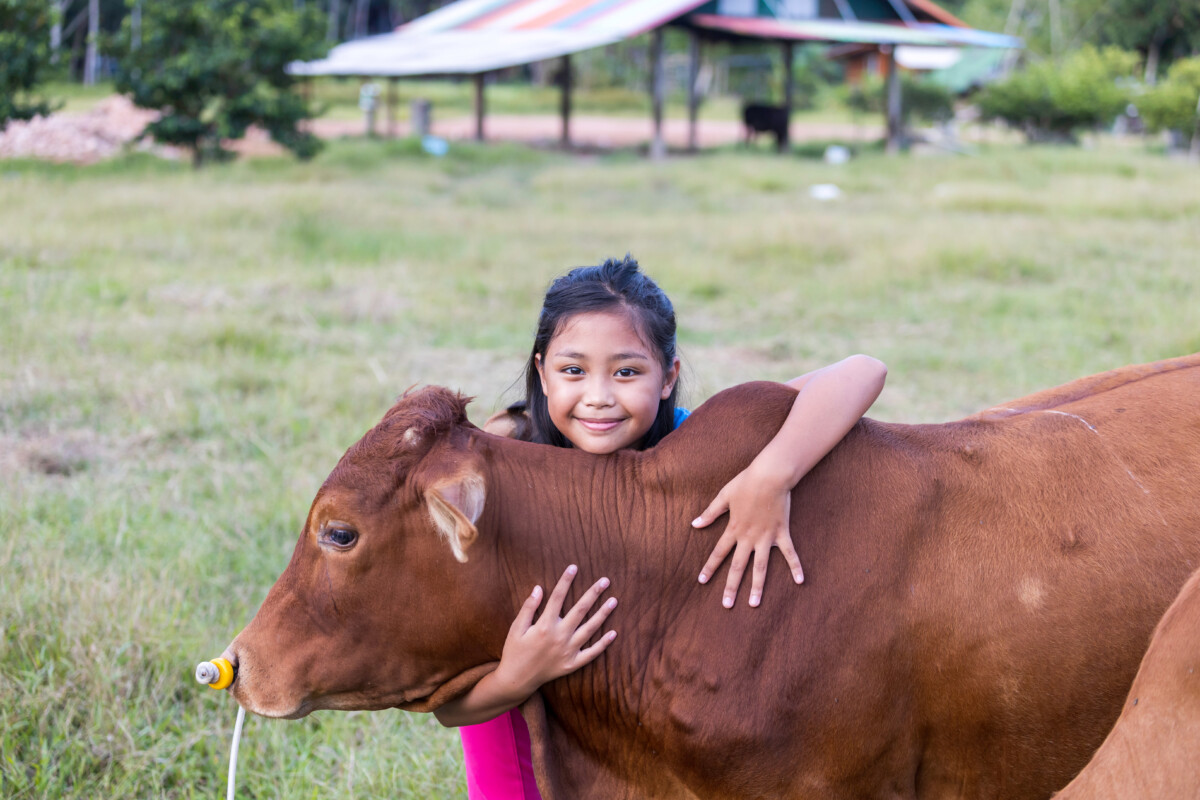
Devi teaches Mary about Govatsa Dvādaśī
Meet Mary and Devi. Mary and Devi are good friends. Devi is Hindu; Mary is not. But Mary is super curious about the various things Devi does in her Hindu spiritual traditions, particularly Diwali. She’s heard enough about Diwali to know it is one of Hinduism most sacred festivals but really has no idea what it is all about. So the two decided to go through each of the six days of Diwali, starting with Govatsa Dvādaśī.
The Significance of Govatsa Dvādaśī
For Hindus, all life is sacred. Yet certain life forms are emblematic of important traits that we need reminding of from time to time. Additionally, there are some forms of life that also play a crucial part in human life and ecological cycles. In ancient India, the cow was symbolic of both.
Govatsa Dvādaśī is a day of annual gratitude to go (the cow) and her vatsa (calves). They give so much – from the butter, paneer, yoghurt, cheese, milk, buttermilk, and other dairy products we love, to the urine and manure which is instrumental as fertilizers and for wattle and daub (clay plaster) construction. Bulls are instrumental for working the land even today, especially where modern machinery cannot reach (e.g. the farms in hills, soft mud, etc.). Even when the cow passes away, she continues to give: skin for leather products and drum skins, and other derivatives from her body – used by people with heritages in certain tribes and regions. Indeed, peoples in Europe and especially Switzerland have annual cow festivals, Brazil has a festival for bulls, Nepal has Gāī Jātrā, St. Brigid’s day in Ireland, etc.
However, the teaching of reciprocity is common in many Hindu Dharma traditions. For these numerous gifts, humans simply have to take care of the cow’s needs. Yet the cow has a capacity that makes humans respect and honor her even more: she shows a lot of love for her calves and her carers. It is for this reason that some major Hindu traditions feature cows prominently in iconography and in the stories of the manifestations of the Supreme Being (Īśvara), and the illumined beings (devas).
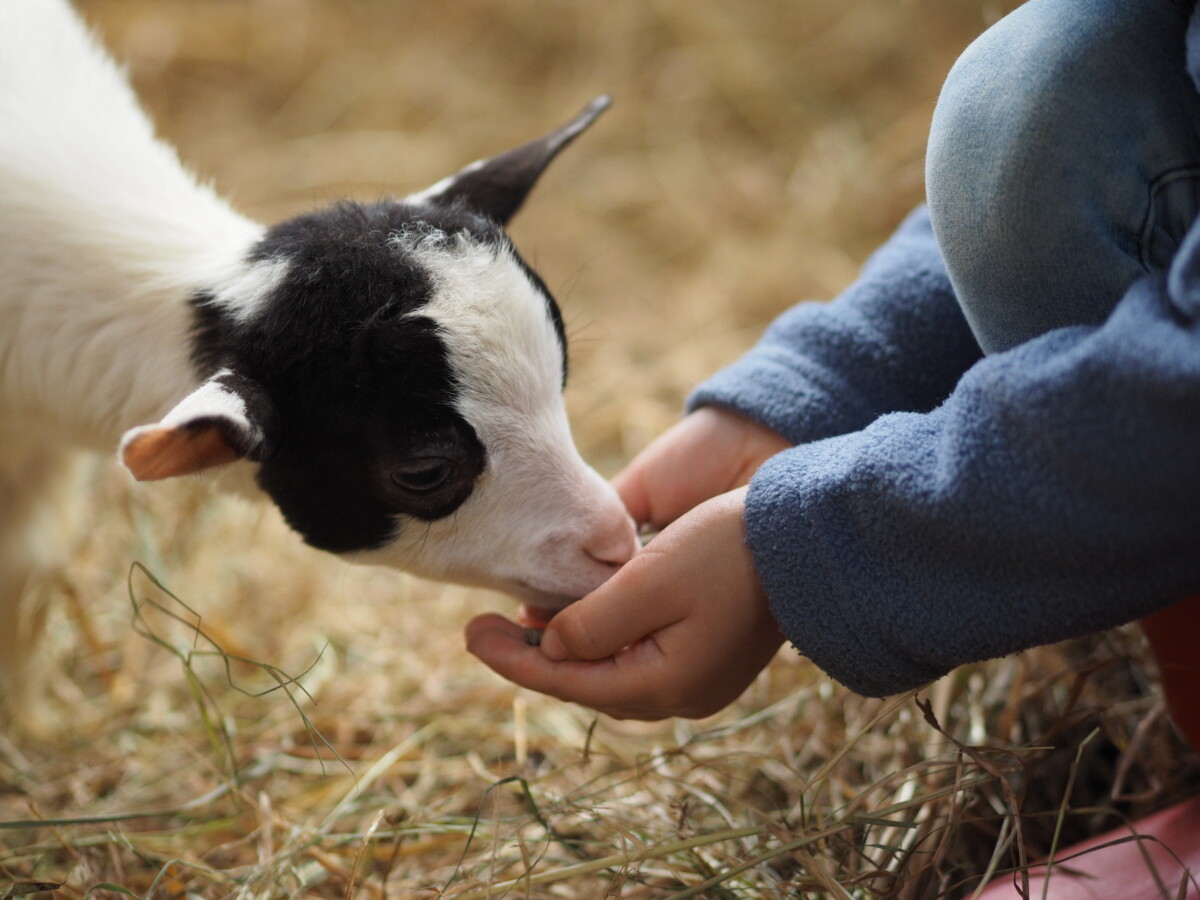
Stories & Observances
Kāmadhenu
What would the perfect cow be like? The ancient teachers thought that such a cow would not only fulfill the necessities of humans, but also could fulfill all the wishes that humans have. And so, legendary Kāmadhenu, the wish-fulfilling cow, appeared during the famed samudra-manthana in a previous age.
The story of Kāmadhenu is ancient, and is a common thread in the stories of the Itihāsas & Purāṇas, ancient sources of knowledge in the Hindu Smārta Dharma tradition and Smārta-influenced traditions within other Hindu Dharmas.
Kāmadhenu’s emergence is recorded in the Purāṇas as happening during the samudra-manthana, the legendary churning of the milky ocean, which many Diwali stories reference.
Hindus, in the mood of gratitude, understand cows as an earthly reflection of the Kāmadhenu, in the role that they play in the world even today. Whenever there are special ceremonies or seasonal changes and transitions, Hindus will endeavor to perform some service or make a charitable contribution to the care of cows and all other animals in need.
Particularly on Govatsa Dvādaśī, Hindus who have heritages in places/belong to a tradition that holds an annual celebration come together to show their gratitude in aspiration of future abundance.
Vasu Bāras
For some clans/people groups in regions found in the modern Indian state of Maharashtra, it is celebrated as Vasu Bāras. Mothers perform ceremonies and other spiritual practices for the good health of their children. Instead of partaking of any dairy on this day, they give cows a break – decorating and feeding them with extra care and attention.
Vāgh Bāras
In some clans/regions now in the modern Indian state of Gujarat, the day is known as Vāgh Bāras, and people there use this day to settle up accounts and complete audits. This is because the next day of Trayodaśī features ceremonies and observances to begin the blessing of the new fiscal year (and the Gujarati new year, which starts on the day after Diwali).
Nandinī Vratam
Nandinī Vratam is also observed on this day by some, based on a story from the Bhaviṣya Purāṇa. According to it, there was once a young queen who treated her cows like mere objects, there to produce milk, provide labor, and refused to take care of them properly. The calves were mistreated and the bulls overworked. After some time, the queen’s young son became ill. All the wealth and power in her kingdom could not help her son, and sadly he passed away. Her sorrow knew no bounds, and she was like that for weeks. One day she saw her cows, and saw how they too were lamenting that their calves were being taken away. She beseeched the illumined beings for help, and they gave her the inspiration to perform Nandinī Vratam, a spiritual practice to atone for her misdeeds on the twelfth night of the dark half of the Kārtika month. In it, she was asked to treat all cows as if they were Kāmadhenu herself, and be compassionate to all living beings. She did so, and seeing that the queen was truly sorry for her misdeeds, Nandinī, the daughter of Kāmadhenu, appeared and granted the queen her son’s life back. The queen vowed never to mistreat any living being, and she lived out the remainder of her life with her country prospering.
¹ In Sanskrit, this is known as the kṣīra-samudra, literally the legendary Ocean of Milk. It is not the same as our galaxy, known as the Milky Way in English – that is known in the ancient sources as Ākāśa Gaṅgā. The concept of the kṣīra-samudra has many parallels with the early stages of the Quantum Vacuum (also known as the Cosmic Microwave Background), which arises just after the big bang and is the source of the manifest universe, but is also specifically referenced as a portion of Viṣṇu’s realm, where he reposes.




